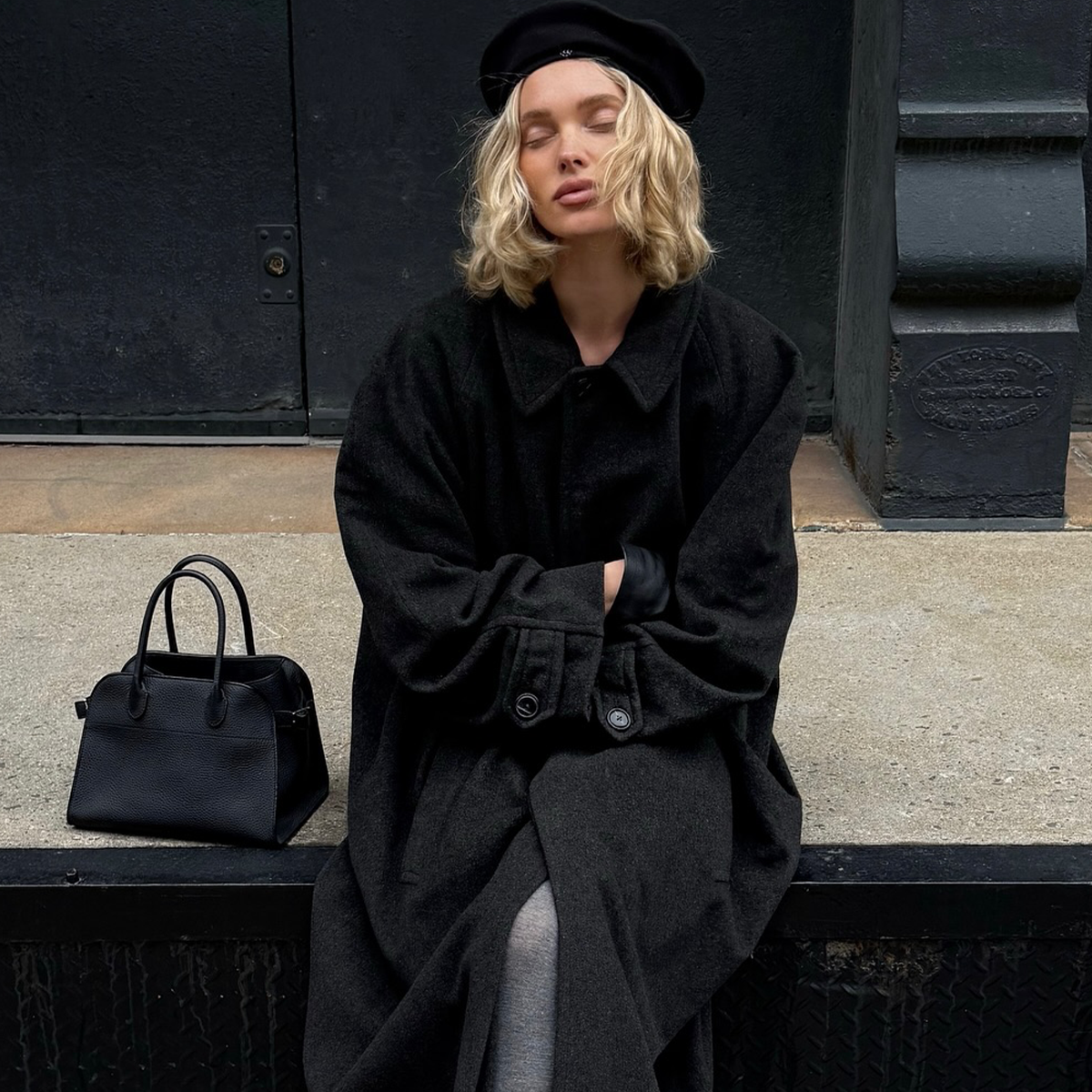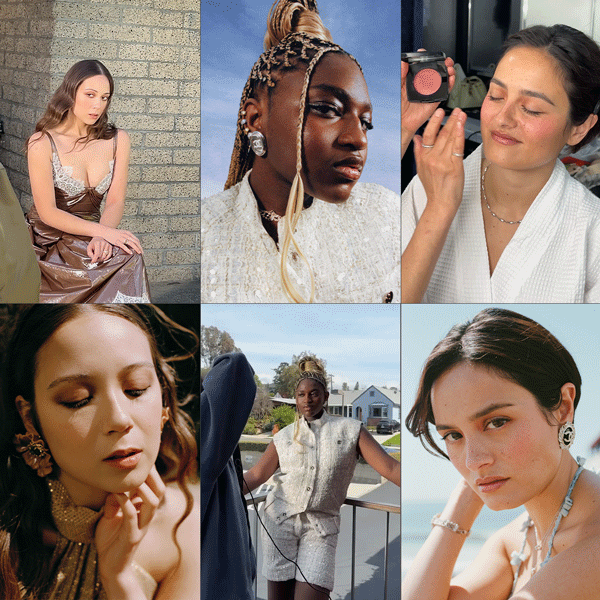Why the Clothes in Tom Ford's Nocturnal Animals Will Creep You Out
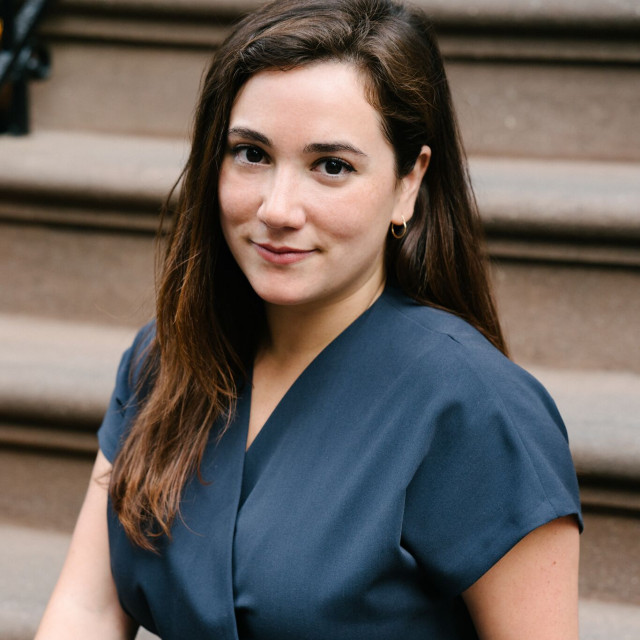
Some people can watch a creepy psychological thriller and still sleep like a baby at night—but not this writer. Which is why I was relieved to find myself stepping out of a screening of Tom Ford’s Nocturnal Animals around noon (i.e., during daylight hours) earlier this week. The film, Ford’s second following 2009’s A Single Man, is the kind of story that drives audiences a little crazy, in the kind of way great movie plots should. To briefly sum it up, three different realms of reality exist simultaneously within the story, and they all underscore the lead character Susan’s (played by Amy Adams) traumatic past and relationship with ex-husband Edward (Jake Gyllenhaal), whose novel she reads and finds terribly disturbing. For about 90 minutes, you’re trying to figure out which of these worlds is real, who’s really the victim, and how the characters will inevitably seek revenge. In addition, for a scary movie–phobe like myself, there was one unexpected source of anxiety: the clothes.
You might assume that any film with Ford’s name attached might spark the same kind of glamorous, beautiful vibes that the designer turned director brings to the red carpet—and in some ways, it did. But make no mistake: Nocturnal Animals is not just a means for Ford to promote his eponymous line with Adams acting as the model.
We got the full scoop when we sat down with the film’s costume designer, Arianne Phillips (who’s also the visionary behind the fashion in films such as Walk the Line, W.E., and the aforementioned A Single Man), who confirmed what we suspected all along about the eerie purpose of clothing in this movies.
Read on for our full chat with Phillips.
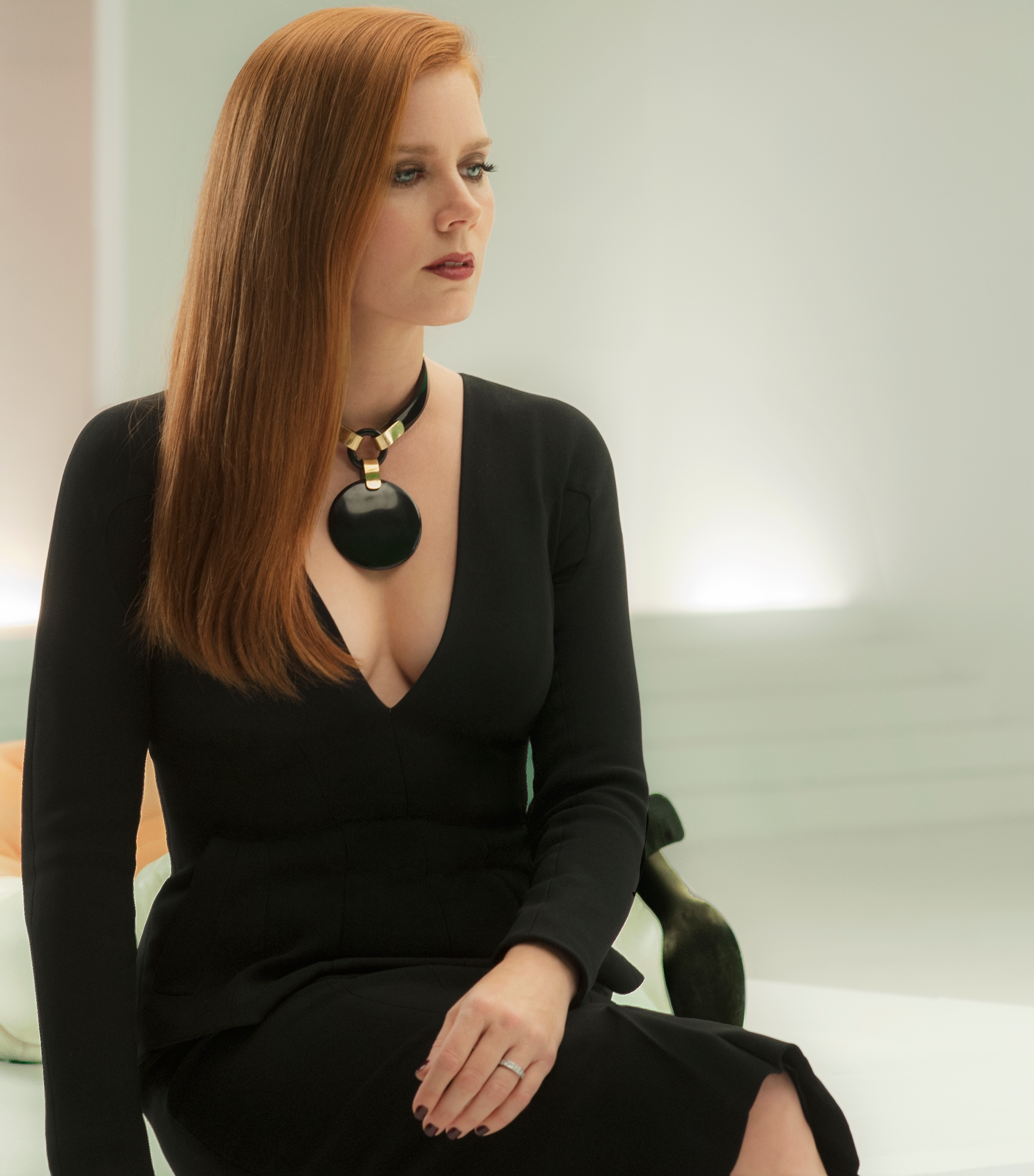
WHO WHAT WEAR: How did Tom Ford approach you about this second project together, and what were your initial reactions upon reading the script?
ARIANNE PHILLIPS: About six months before we started working, he contacted me, and I was super exited. I read the script and was very moved by it. And surprised. Honestly, it was really refreshing to read a story that he had adapted and that was of interest of him to make a film that has a female lead character.
WWW: Does the role of a costume designer pivot at all when you’re working under the direction of someone as tuned into clothing as Tom Ford?
AP: Tom is a brilliant creative director, and he has so succinctly created this brand which comes from his point of view and his aesthetic. He kind of has a leg up from other directors because he has this very honed skill of communication. Fashion design and costume design is really different. Costume design is all about creating a character, telling a story, setting a tone and a mood. My job is to give the audience visual clues and at the same time also to give the actor a physical experience inside those clothes that hopefully help them access the character. Extreme examples of that would be an 18th-century costume where a woman has to wear a corset. In this case, for Nocturnal Animals, you have the contemporary work, you have the flashback work, and you have the fictional world, and we rely on production design, cinematography, and the costumes to help set those different tones.
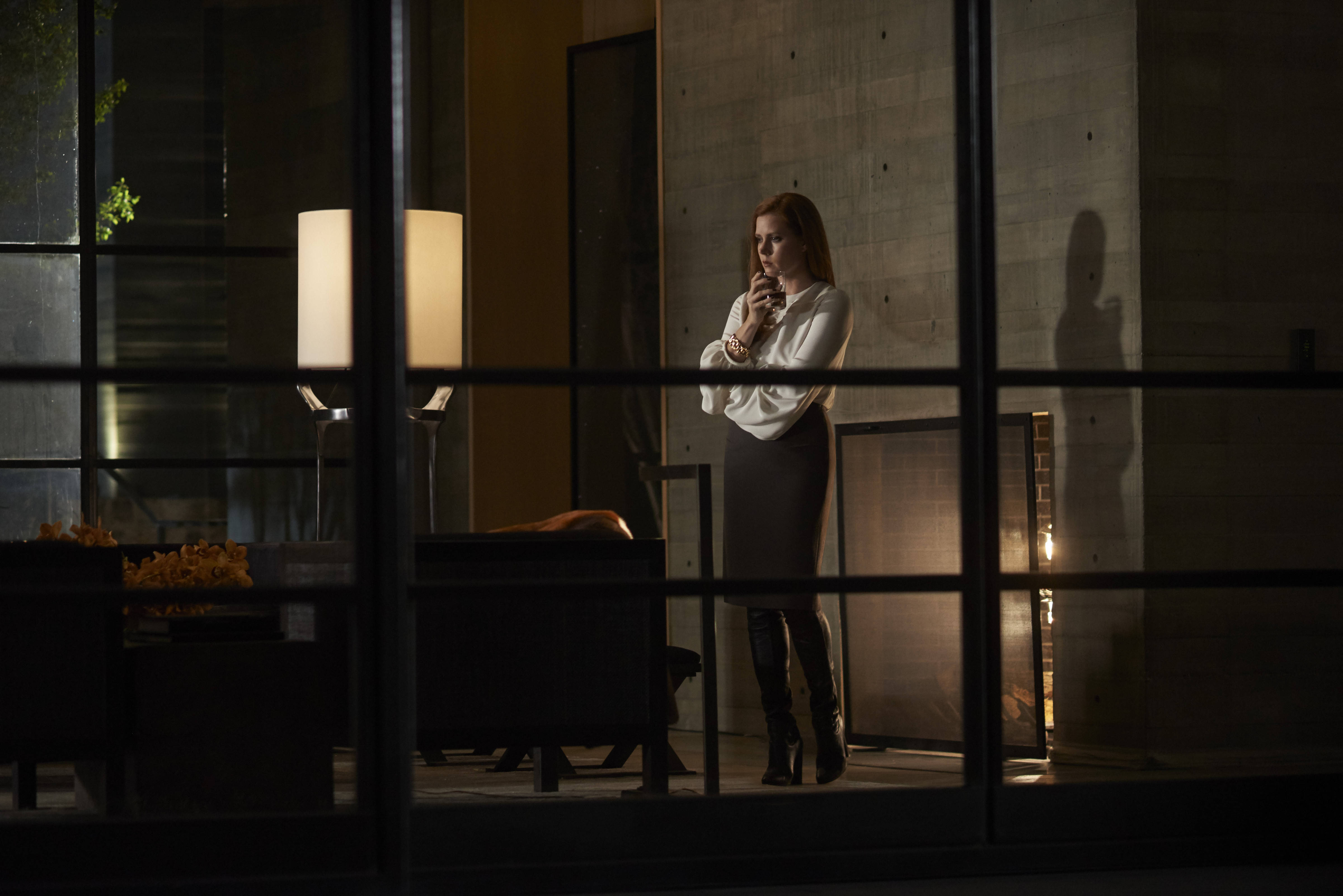
WWW: Did you just go about using all Tom Ford clothing?
AP: Because it was a contemporary film and because it’s a milieu in which Amy Adams’s character, Susan, works with the cultural elite—she is a gallerist who’s very successful—she would be the kind of woman who would wear Tom Ford. But Tom really was very clear about the differentiation between Tom Ford the creative director and fashion designer and Tom Ford the movie director. He didn’t want to make a branded film, and he didn’t want to take the audience out of the film but maybe seeing a piece of Tom Ford. Most of Amy’s costumes were made for her—some of them were made in his atelier because that’s another incredible benefit of having your director have an atelier, right? Her flashback costumes were more hunted and gathered. We were referencing and using ’90s fashion and clothes that were appropriate to the character and the geography: a girl from Texas who moves to New York, her socioeconomic background.
WWW: This was one of the first times I’ve watched a movie and actually felt uneasy about the clothing. The character of Susan was so buttoned up and severe. It was too perfect, as if something was bound to go very wrong.
AP: It was super important to me, and to Tom, that everything about Susan was very precise and very buttoned up and very presentational. We used her clothes like glamorous armor to juxtapose what’s going on internally with the character. This is a woman who’s found herself in a loveless marriage, and she has all these emotions of loss and regret. She’s found herself at a point in her life that’s common with people who obtain success [and wonder] at what cost? What human relationships have suffered along the way? That presentational quality, that steely way, her precise way of having the world perceive her is really the juxtaposition of this tortured, tumultuous place that she’s in.
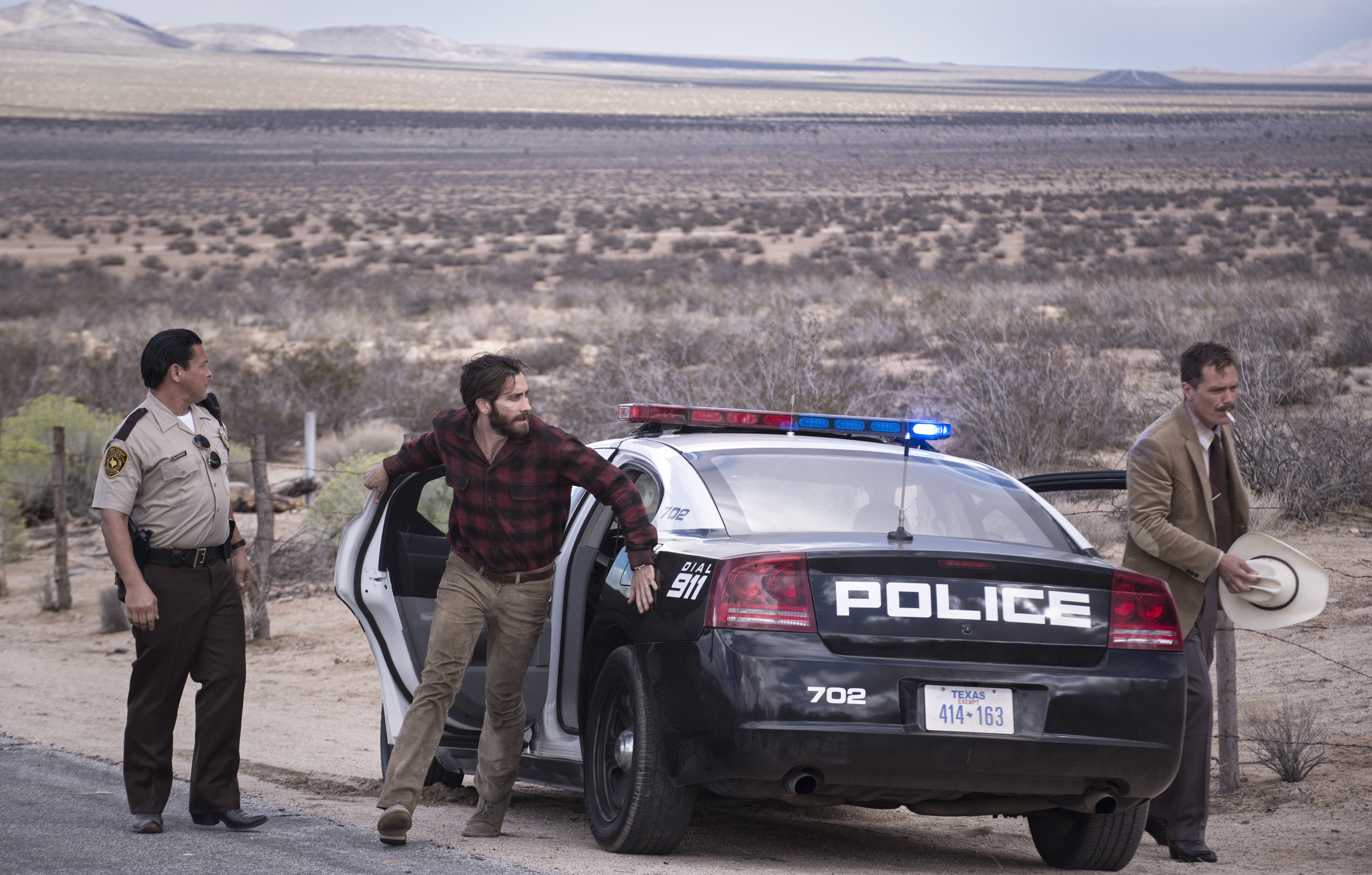
WWW: Overall, why does fashion play such an important role in movies?
AP: I always look at fashion as a time capsule of what was happening politically and socioeconomically in our world. For instance, when I was working on Walk the Line, I looked at what was current during the ’50s and the ’60s. You use that as a time capsule of what was relevant. Not everyone can afford what’s in the pages of Vogue or on the characters in the movies that you’re portraying, but fashion is a curated reference point. It’s very complicated and challenging with a contemporary film because this is what’s relevant now. But it’s the director’s point of view; it’s my point of view. Fashion historically is, and will forever be, a reference point for me as a costume designer. Whether or not if ends up informing the characters in the story? It just depends on the story.
Nocturnal Animals premieres in select cities beginning November 18 and everywhere December 9. For more genius work from the director/designer, shop our Tom Ford edit.

Who's your style icon?Taylor Tomasi HillWho are your 5 favorite people to follow on Twitter/Instagram? @tamumcpherson @lisasaysgah @therealgracecoddington @everyoutfitonsatc @notmynonni What's the fashion essential you can’t live without? A leather jacket.What's your desert island album? Beyoncé "B'Day." Or pretty much anything Beyoncé.
-
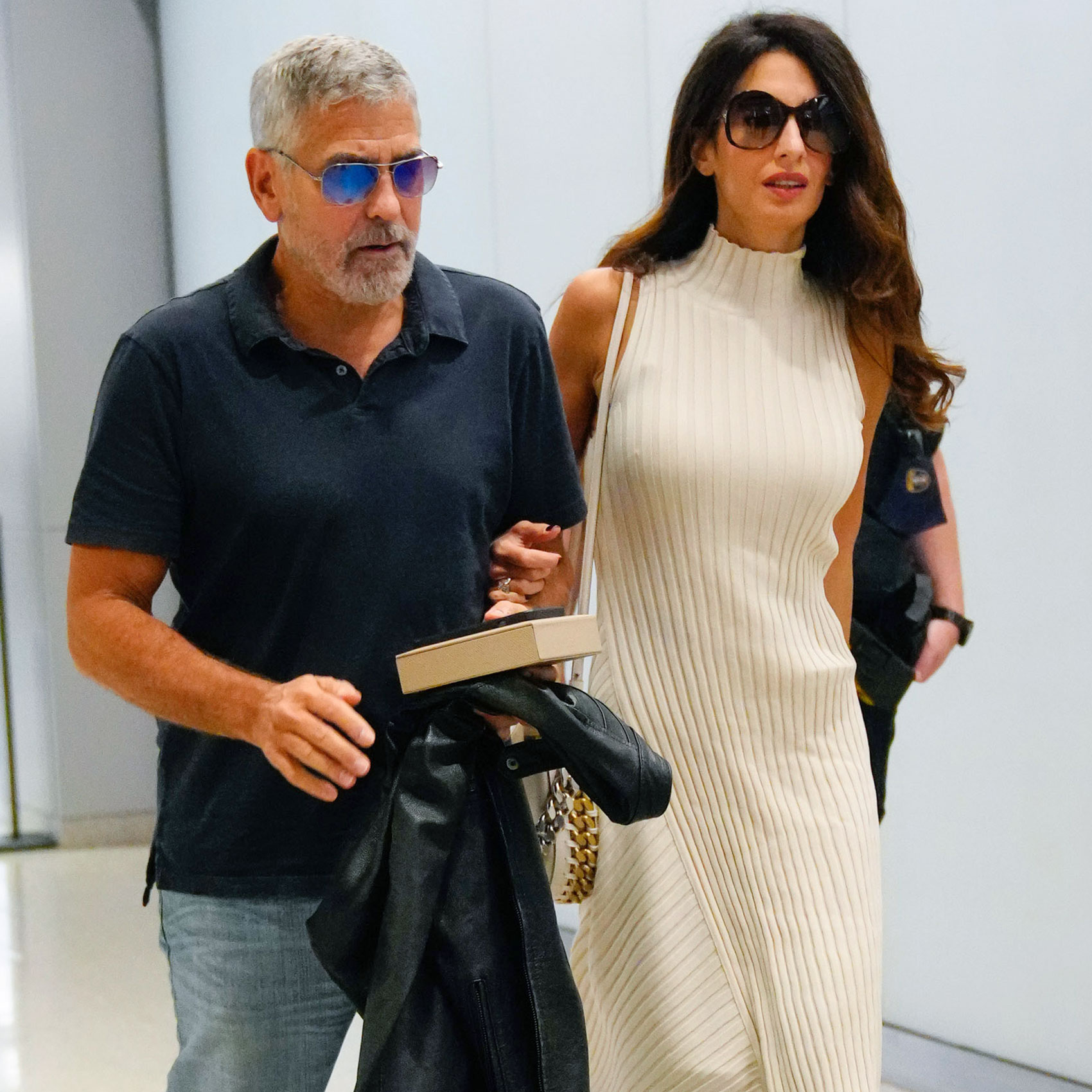 Amal Clooney Wore Controversial Boots to the Airport That'd Make TSA Squirm
Amal Clooney Wore Controversial Boots to the Airport That'd Make TSA SquirmThey're not exactly travel friendly, but they are incredibly chic.
By Erin Fitzpatrick
-
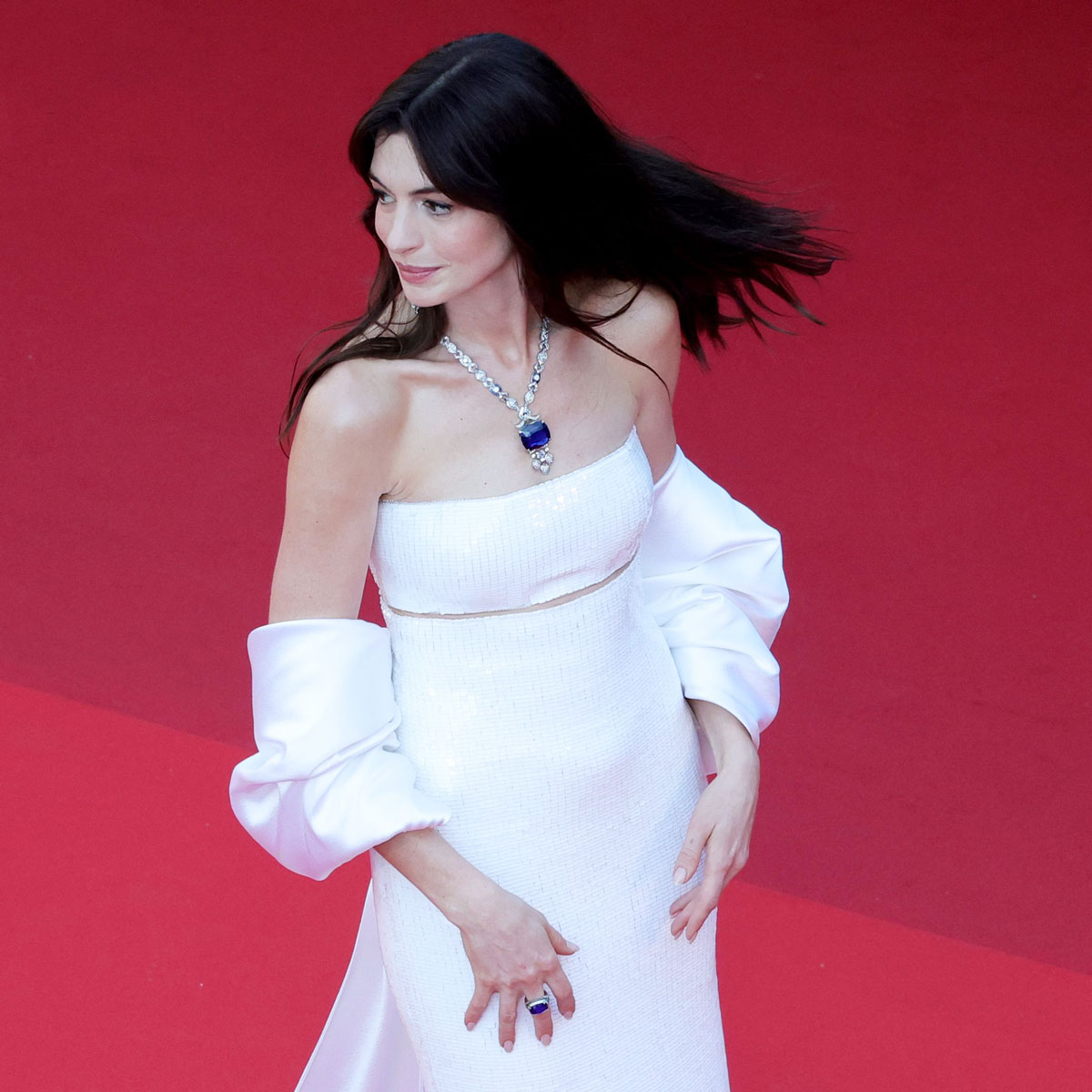 The Top 11 Celebrity Stylists Right Now and Who They're Dressing
The Top 11 Celebrity Stylists Right Now and Who They're DressingThe best in the biz.
By Erin Fitzpatrick
-
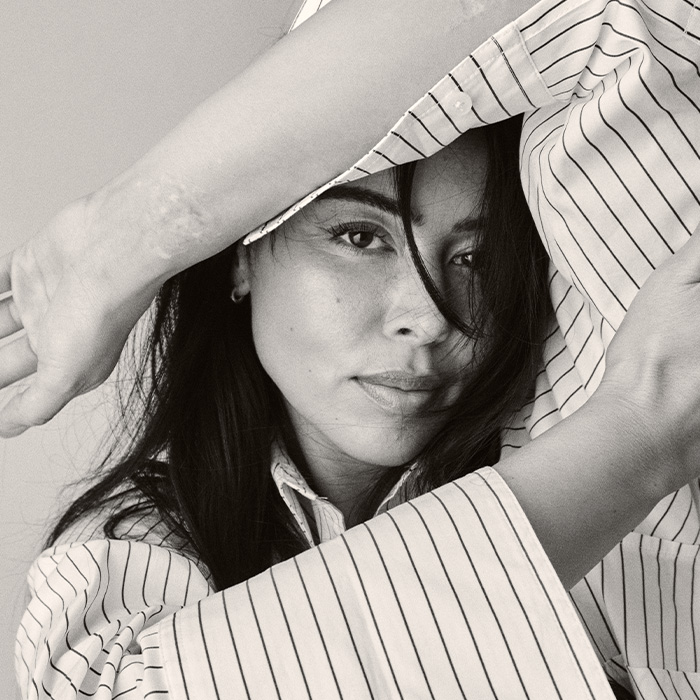 Lauren Chan's Collaboration With Universal Standard Is Redefining Luxury
Lauren Chan's Collaboration With Universal Standard Is Redefining Luxury"People look like they feel powerful in these garments."
By Ana Escalante
-
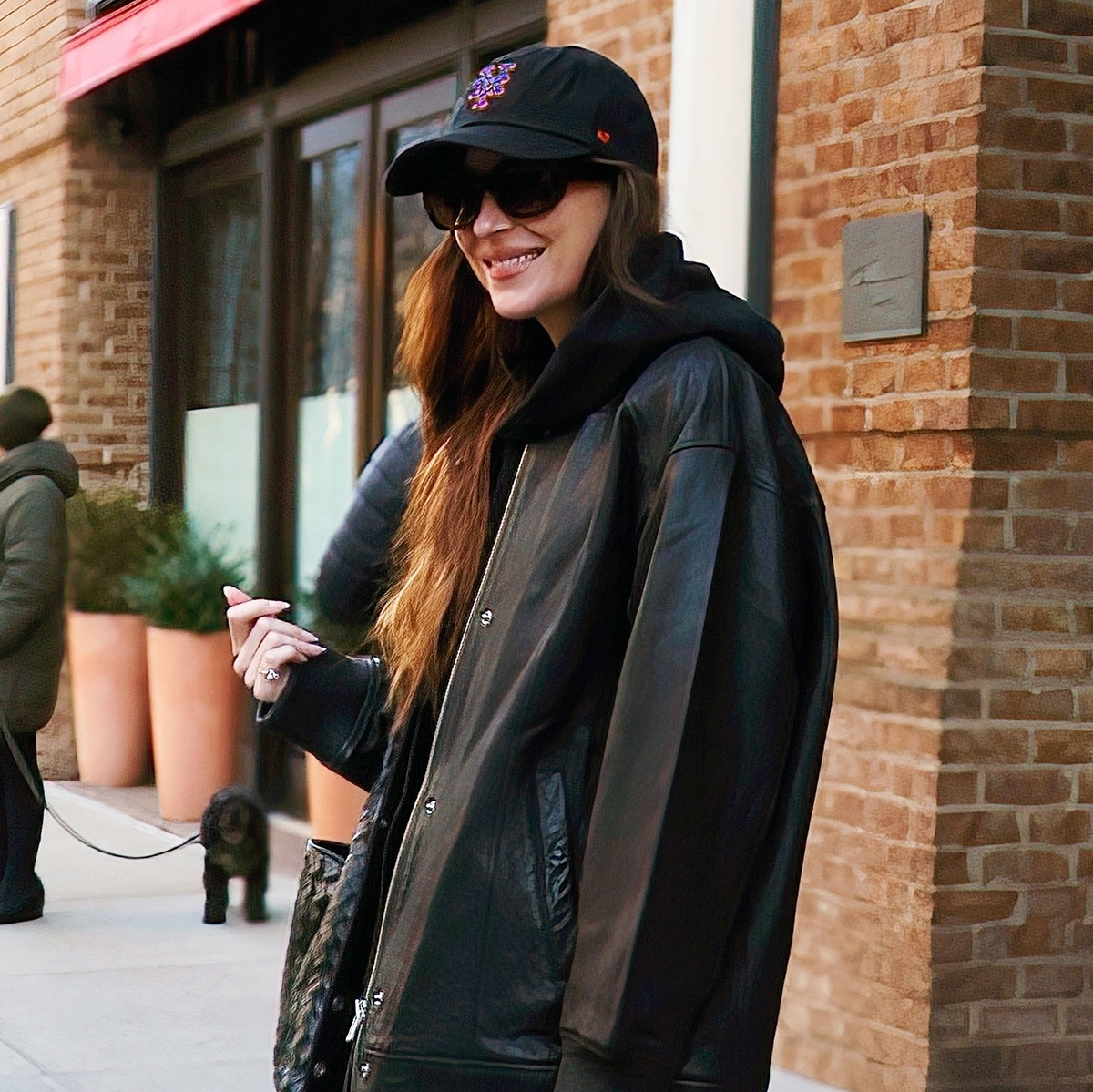 Dakota Johnson Wore the Fashion-Person Legging Outfit That's Perfect for Flights
Dakota Johnson Wore the Fashion-Person Legging Outfit That's Perfect for FlightsLove a good legging outfit trend.
By Allyson Payer
-
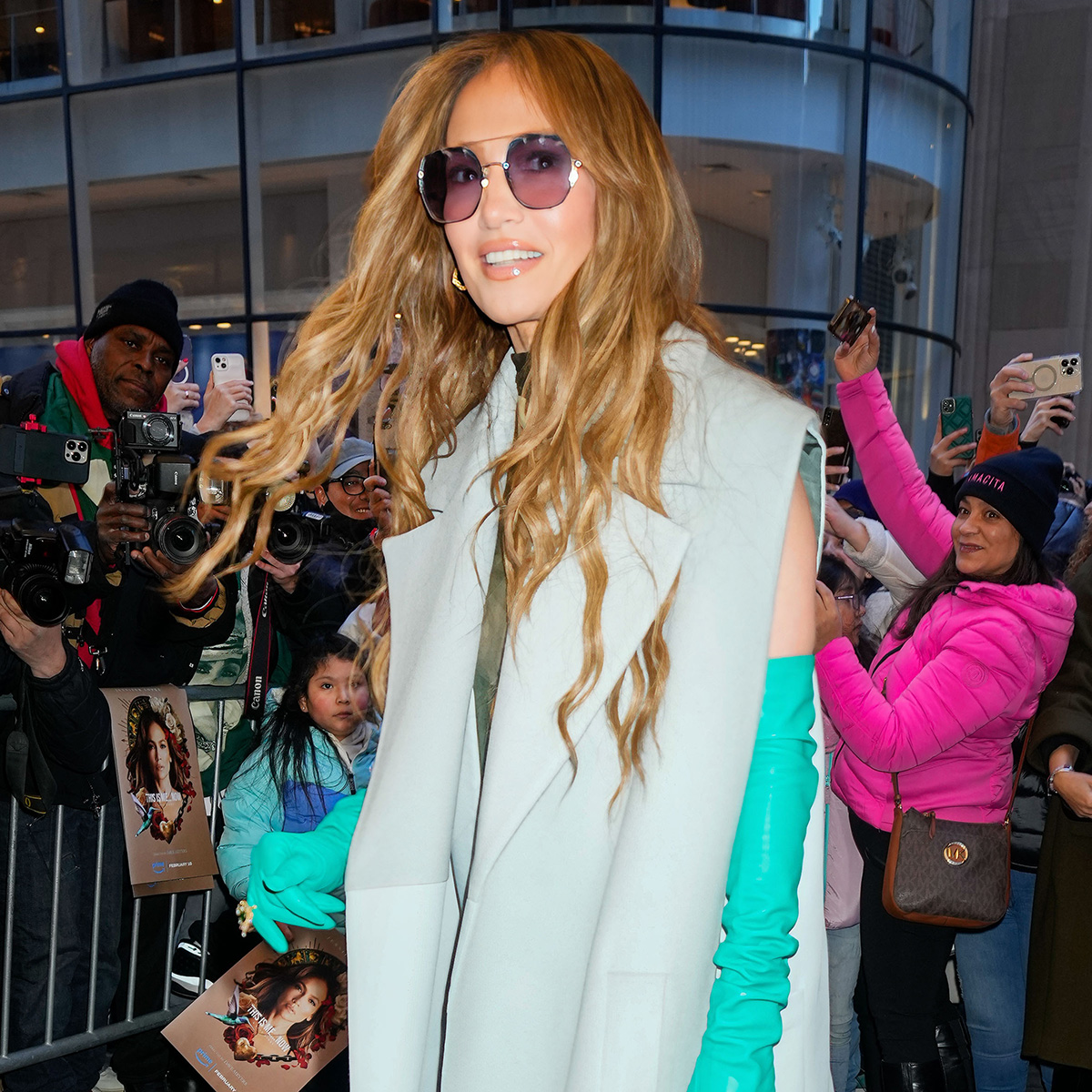 J.Lo Wore a Completely Sheer Top and Controversial Accessory for Her SNL Arrival
J.Lo Wore a Completely Sheer Top and Controversial Accessory for Her SNL ArrivalIn true J.Lo style.
By Allyson Payer
-
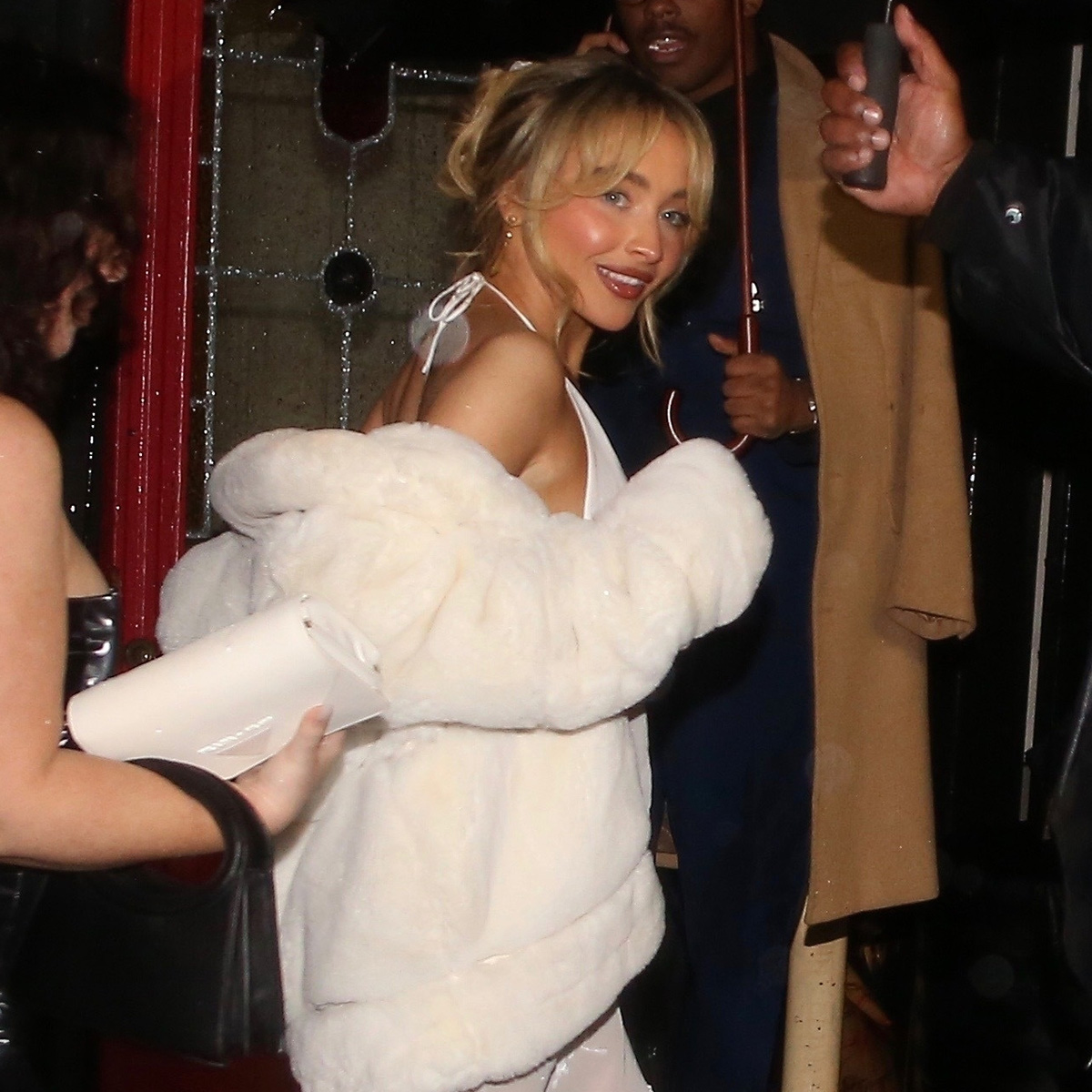 These Are the Only Grammys After-Party Looks You Need to See
These Are the Only Grammys After-Party Looks You Need to SeeFrom Sabrina Carpenter to Selena Gomez.
By Eliza Huber
-
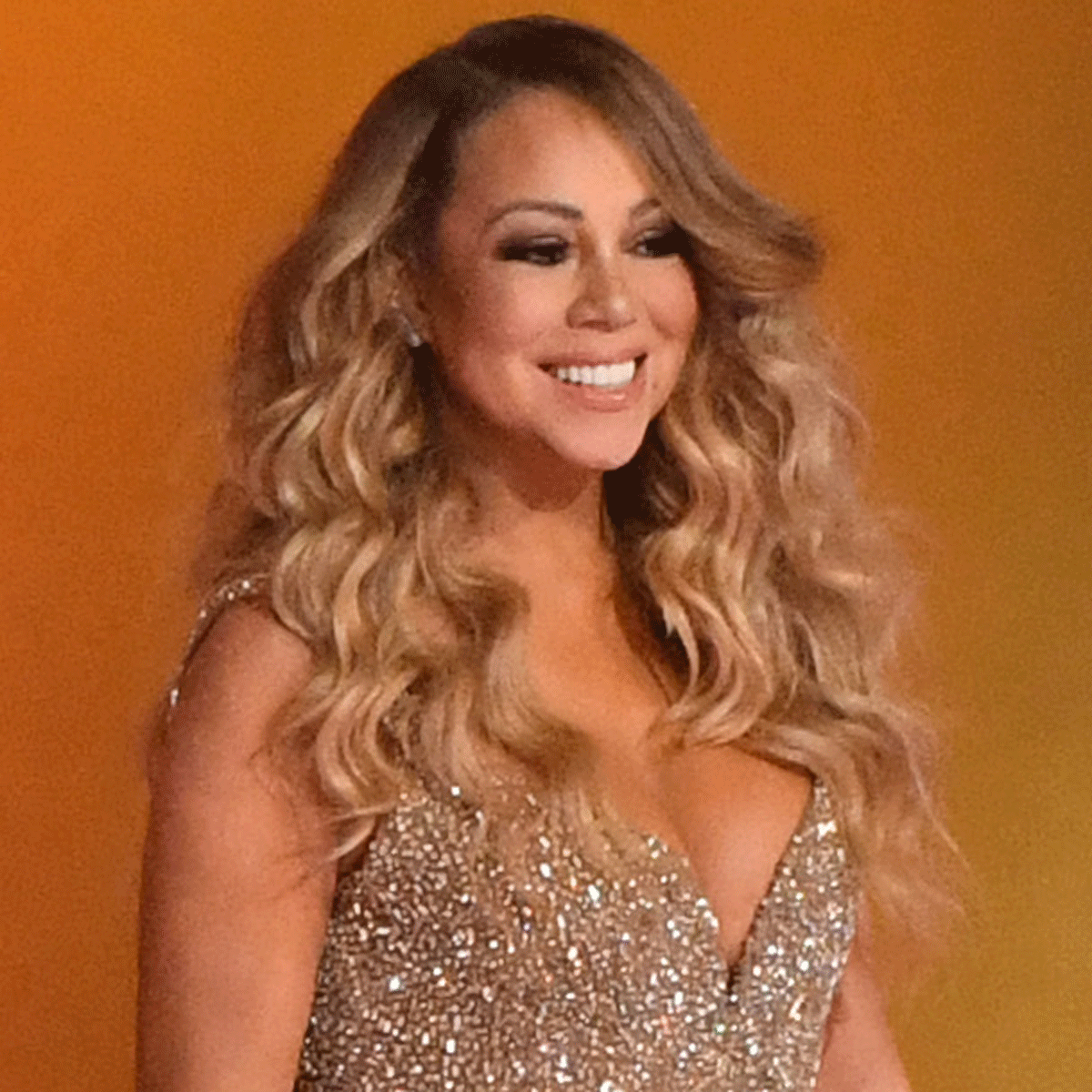 Mariah Carey Just Snuck Into the Grammys in a Hip-High-Slit Naked Dress
Mariah Carey Just Snuck Into the Grammys in a Hip-High-Slit Naked DressShe skipped the red carpet.
By Erin Fitzpatrick
-
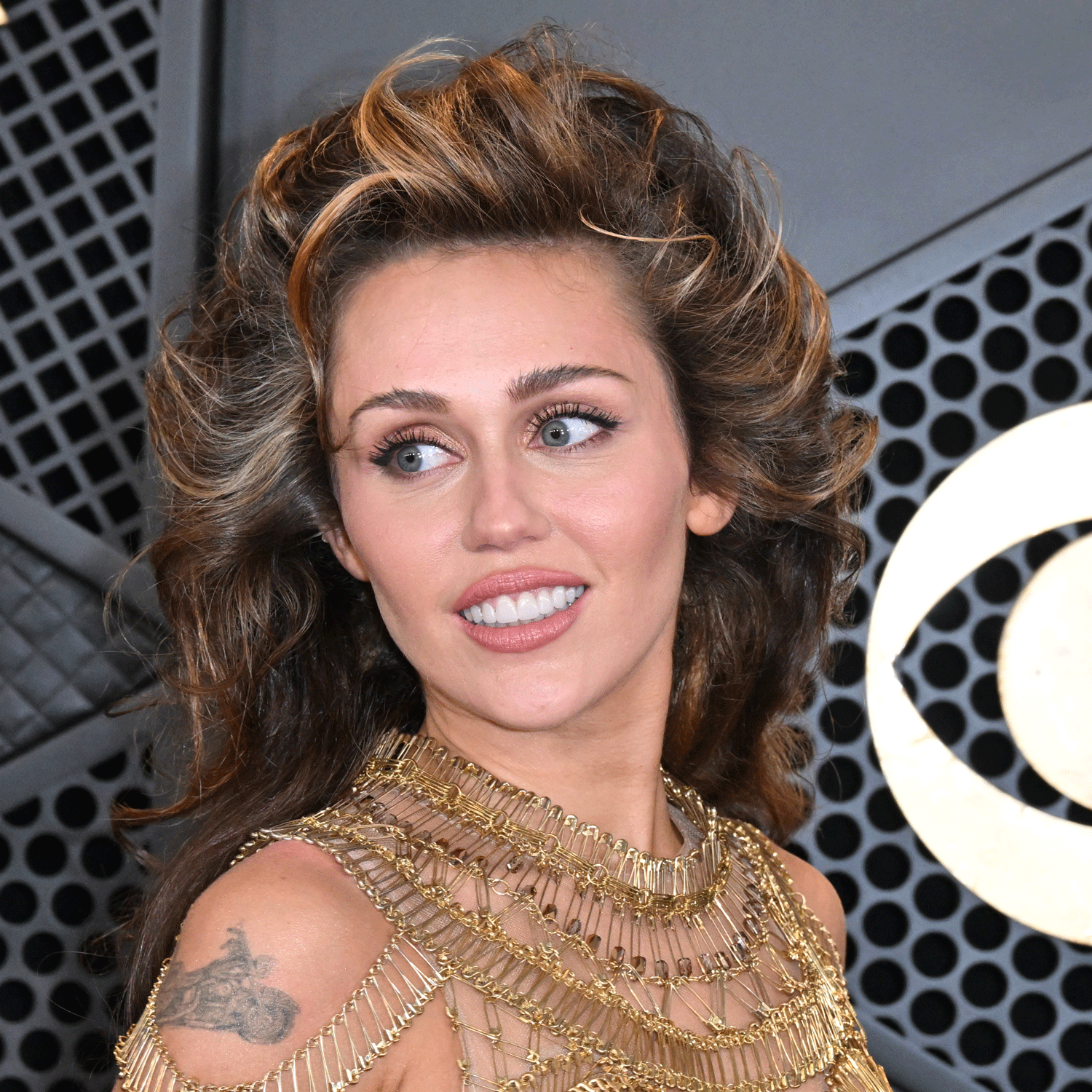 Miley Cyrus Wore a Level-10 Naked Dress Made of Safety Pins to the Grammys
Miley Cyrus Wore a Level-10 Naked Dress Made of Safety Pins to the GrammysShe never misses.
By Grace O'Connell Joshua
